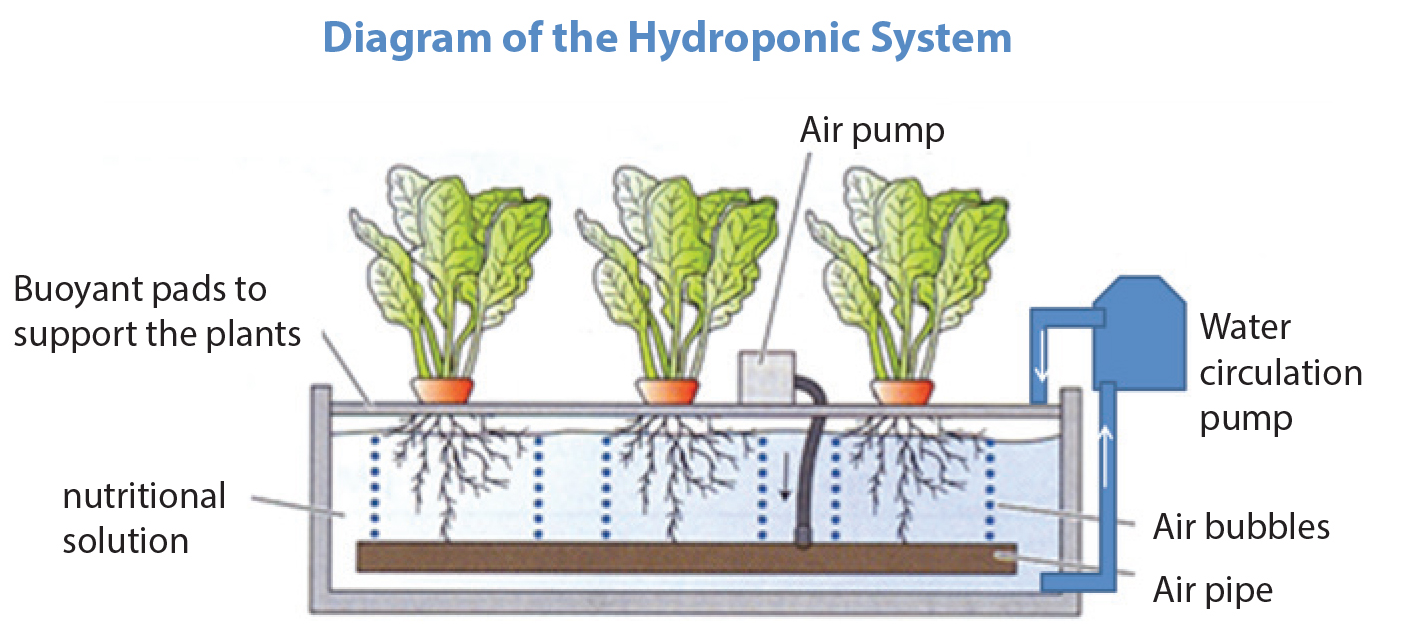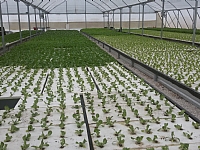Optimal use of nutrients added to the water substrate for crops helps increase yields and marketing
By Shahar Tavor
Hydroponics is a method for growing crops without soil where water serves as the substrate for growing the plants with the addition of fertilizers to supply th plants’ essential nutrients and promote its commercial success.
Although research projects to raise crops in a fertilizing solution began as early as 1933 with an initial formula for concentrations of 12 essential nutritional elements in a solution, it was only fifty years later that this idea of cultivating the crops directly in a solution with no soil moved forward from research projects to modern farming applications. This Hoagland solution, first developed by Dennis Robert Hoagland University of California, Berkeley has been upgraded and modified over the years in line with the different crops and farming methods.
Growing plants in a nutrient solution offers a number of advantages such as:
- Applying plant nutrients in fertilizers directly to the roots without the problems associated with the soil’s composition or the fertilizer’s inability to infiltrate into the root system
- No need for heavy machinery to prepare beds for seeds or planting
- Weeds and diseases can be controlled without spraying chemicals and no irrigation systems have to be installed for fertigation
- Erosion of the soil by repeated cultivation is avoided

Several factors led to the eventual introduction of hydroponics in modern farming on a large scale from the 1990s onwards:
- Sophisticated and precise operating and monitoring systems at affordable prices
- The preparation of the infrastructure for easy installation at reasonable cost
- Automation cuts labor costs
- Utilization of the maximum cultivated area with no paths leads to a 40% increase in the yield produced
- The potential of more intensive growing cycles
- Using hydroponics in leaf crops yields 5-6 crops a year compared to only 2-3 in the soil
- The crop is picked ready for marketing thus avoiding waste due to disease or earth residues
- A significant saving in the work needed to clean the produce for the market

The hydroponics growing method is relatively simple and involves placing containers on the ground or on tables through which water with essential nutrients flows continuously. The water is enriched with oxygen continuously to facilitate the proper functioning of the roots’ system. The plants are inserted into buoyant pads floating on the water’s surface; usually the work begins with the containers of seedlings at one end and ends at the far end with mature plants, which are picked easily, shifting the pads along the water’s surface is easy.
Monitoring the solution’s composition, maintaining the salinity (EC) level and the pH level within the desired range is the system’s most complex part as irrigation and fertilization must be strictly managed to prevent any error in the dosage or sudden change in the pH and the resultant crop ruination.
The method is especially suitable for leaf crops.
- A complete nutritional solution, containing micro and macro elements is supplied to the crop
- The most suitable treatment here is a combination of the “Or” fertilizer solution enriched with calcium and magnesium together with Microgat, a concentrated micro-element produced in Israel by Gat Fertilizers that includes NPK, and a complete micro range, calcium and magnesium
- Sulfur is also supplied
Additional advantages of growing crops on an isolated substrate:
- No need for soil as a growing substrate
- Unconsumed water and fertilizer can be recycled
- Control over the nutrients’ levels
- Minimal ecological and environmental pollution
- No need for difficult pest and disease eradication methods
- Clean produce with little waste
- Marketing the produce in “waves”
- Growing cycles all year round

Among the system’s disadvantages are the high initial high investment required in the infrastructure; electricity outages that might disrupt the processes; the need for constant monitoring of the water source and growing solution; Frequent and planned laboratory tests; the system’s sensitivity to sudden imbalances and the consequent risk of imminent damage.
Conclusions: Using hydroponics for growing crops demands expertise and the ability to work with precision in balancing the nutrient solutions. Gat Fertilizers Ltd. offers a wide range of specially designed fertilizers for hydroponics and its team of professional agronomists is available for guidance and consultations.
Original article: IsraelAgri – Israeli Agriculture International Portal

